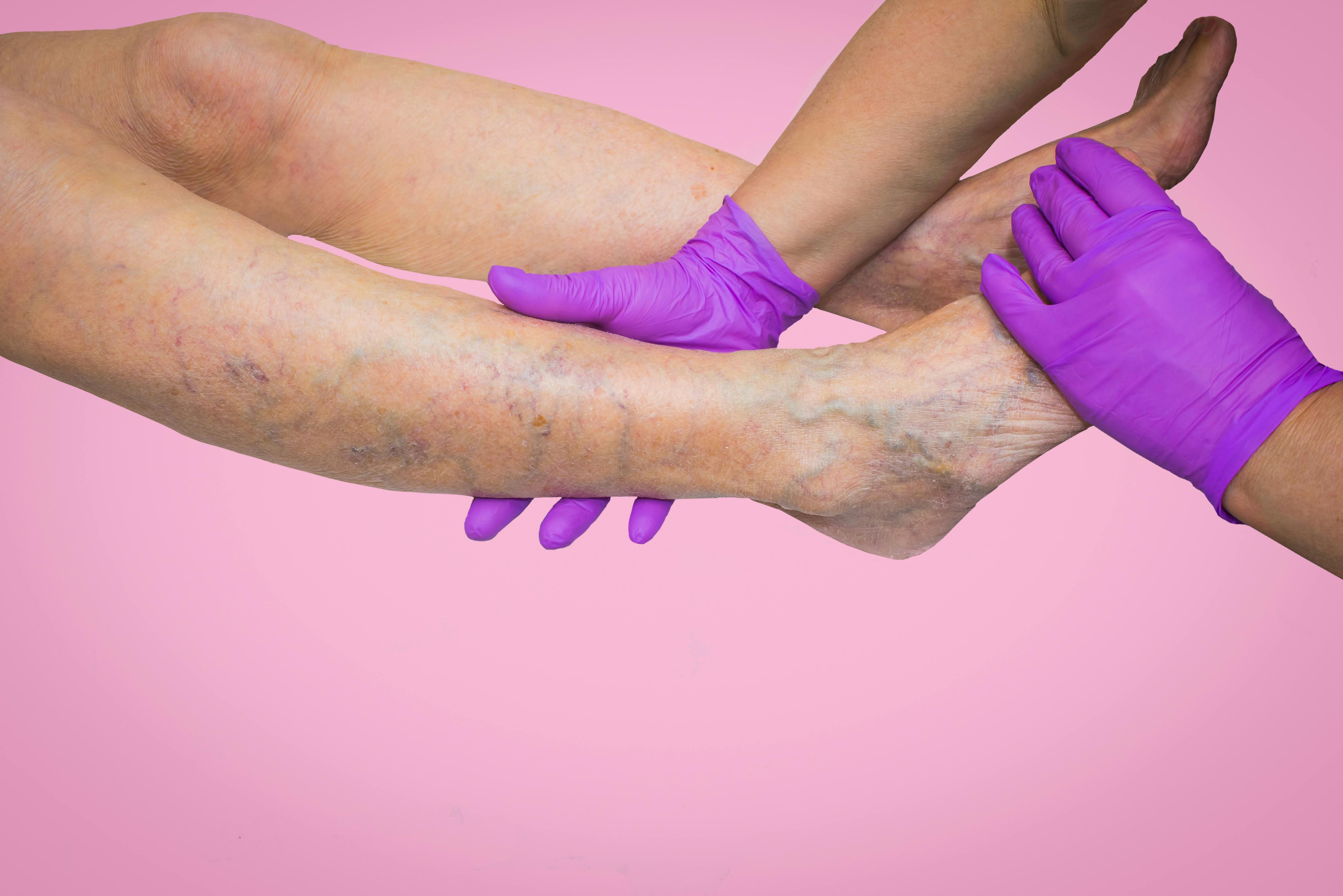CHRONIC VENOUS INSUFFICIENCY (CVI)

Chronic venous insufficiency (CVI) is a condition that occurs when the veins in the legs are unable to efficiently return blood to the heart. This is typically caused by damage or weakening of the valves in the veins, which are responsible for preventing blood from flowing backwards.
As a result of CVI, blood can pool in the legs and feet, leading to a variety of symptoms including:
- Foot and ankle swelling
- Pain or leg cramps
- Skin discoloration (especially around the ankles) or thickening
- Varicose veins
- Heaviness of the legs
- Dryness and itching
- Leg ulcers
CVI is a common condition, and it can be caused by a variety of factors, including:
1. Age: as we get older, the veins in our legs can become weaker and less elastic, increasing the risk of CVI
2. Pregnancy: the increased pressure on the veins during pregnancy can also contribute to CVI, particularly in women who have had multiple pregnancies
3. Obesity: Excess weight can put additional pressure on the veins, making it more difficult for blood to flow properly
4. Inactivity: sitting or standing for long periods of time can also contribute to CVI by reducing blood flow and putting additional pressure on the veins
Treatment:
The treatment of CVI will depend on the severity of your symptoms and the underlying cause of the condition. Some of the most common treatment options include:
· Compression stockings: these special stockings apply pressure to the legs, which can improve blood flow and reduce swelling.
· Lifestyle changes: making changes to your diet, exercise routine, and work habits can improve blood flow and reduce the risk of CVI.
· Medications: your doctor may prescribe medications to improve blood flow and prevent blood clots.
· Surgery: In some cases, surgery can be necessary to repair or remove damaged veins
If left untreated, CVI can lead to more serious complications such as Deep Vein Thrombosis (DVT) or Pulmonary Embolism (PE), which can be life-threatening.
How can a Podiatrist help you?
1. We are able to recognize the signs and symptoms of CVI and help diagnose the condition.
2. We will provide you with information on how to manage your symptoms and reduce the risk of complications. This may include recommendations for lifestyle changes as well as information about wearing compression stockings.
3. Prescribing and fitting compression stockings to ensure that they are the right size and provide the appropriate level of compression as they are an important tool for managing CVI.
4. Wound care for patients with leg ulcers
5. Refer you to other specialists as in some cases, CVI may require treatment from vascular surgeons or dermatologists to ensure that all aspects of the condition are being addressed.
While it is not a guaranteed way to prevent CVI, there are several steps that you can take to reduce the risk of developing the condition.
Here are some tips for preventing CVI:
1. Stay active.
2. Maintain a healthy weight.
3. Avoid prolonged standing or sitting.
4. Elevate your legs.
5. Wear compression stocking (talk to us to determine whether it is right for you)
6. Avoid tight clothing.
7. Quit smoking.
8. Manage other health conditions: such as high blood pressure, diabetes, and heart problems.
If you are experiencing symptoms of CVI, it is important to talk to us as soon as possible to determine the best course of action. With proper care and management, most people with CVI can manage their symptoms and lead healthy, active lives.